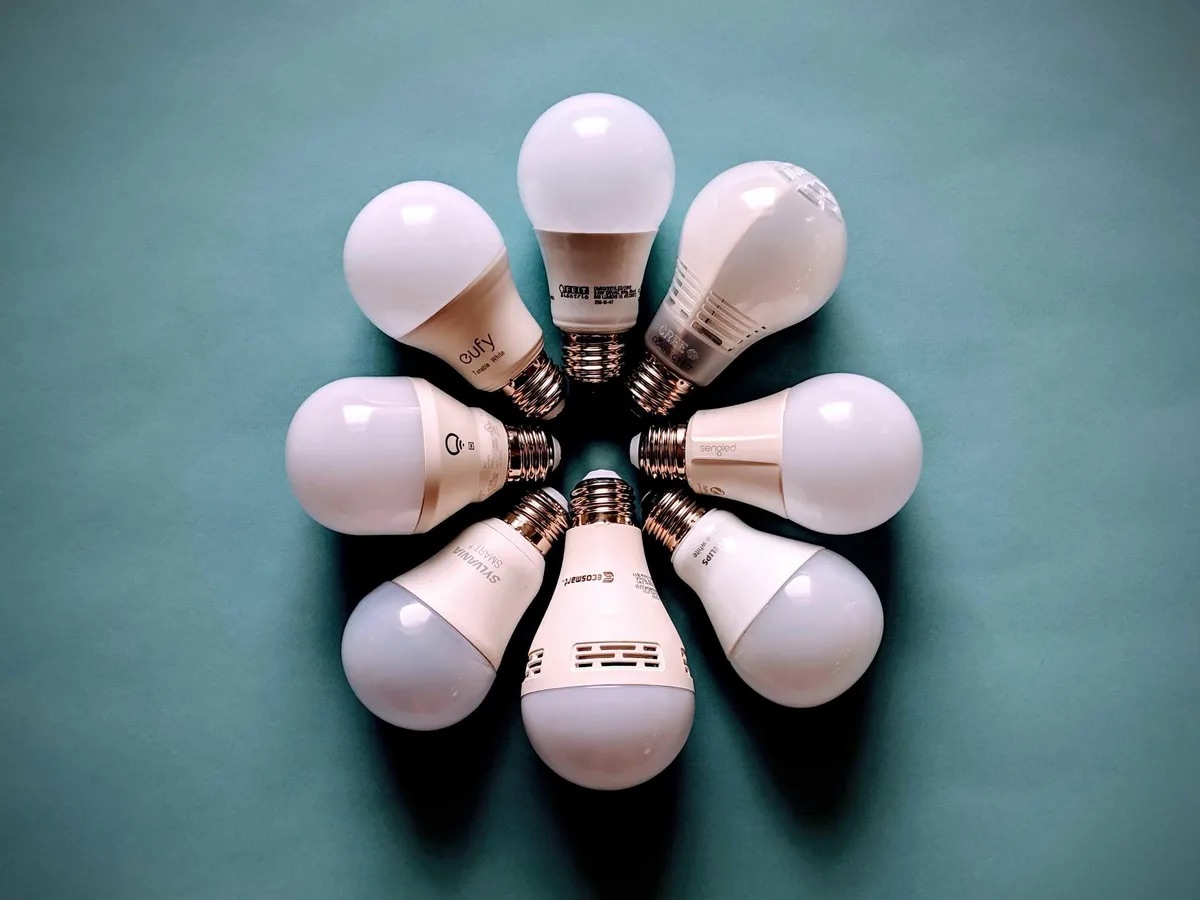

Articles
What Is Type A Light Bulb
Modified: January 8, 2024
Discover everything you need to know about type A light bulbs with our informative articles. Choose the perfect lighting solution for your needs.
(Many of the links in this article redirect to a specific reviewed product. Your purchase of these products through affiliate links helps to generate commission for Storables.com, at no extra cost. Learn more)
Introduction
Welcome to our comprehensive guide on Type A light bulbs! Whether you’re a homeowner, a business owner, or simply an individual who wants to upgrade their lighting, understanding what Type A light bulbs are and how they can be used is essential.
Lighting plays a crucial role in our daily lives, providing illumination and enhancing the aesthetics of our surroundings. Type A light bulbs are a popular choice for a wide range of applications, offering versatility, convenience, and energy efficiency. In this article, we will delve into the world of Type A light bulbs, exploring their definition, common applications, different types, pros and cons, energy efficiency, compatibility with fixtures and dimmers, maintenance and lifespan, as well as shopping tips.
Whether you’re looking to replace a single bulb or considering a complete lighting upgrade, this article will equip you with the knowledge you need to make an informed decision and choose the right Type A light bulbs for your specific needs.
So, let’s dive in and shed some light on what Type A light bulbs are all about!
Key Takeaways:
- Versatile and energy-efficient, Type A light bulbs offer easy installation, compatibility with various fixtures, and customizable options for creating the perfect lighting ambiance in homes and businesses.
- LED Type A bulbs stand out for their energy efficiency and long lifespan, making them a top choice for environmentally conscious consumers seeking cost-effective and sustainable lighting solutions.
Read more: What Is A Type C Light Bulb
Definition of Type A Light Bulb
Type A light bulbs, also known as “general service” bulbs, are one of the most commonly used and recognized types of light bulbs. They are characterized by their standard, screw-in base, which makes them compatible with a wide array of lighting fixtures. The term “Type A” refers to the specific shape and size of the bulb.
Traditionally, Type A light bulbs have a pear or “A” shape, with a rounded top and a tapered bottom. However, as technology has advanced, Type A light bulbs are now available in various shapes and sizes to suit different lighting needs. The most common base type for Type A light bulbs is the E26/E27 socket, known as the medium Edison screw base.
One important feature of Type A light bulbs is their versatility. They can be used in a wide range of applications, including table lamps, floor lamps, pendants, ceiling fixtures, and wall sconces. Whether you’re looking to brighten up your living room, illuminate your office, or add ambiance to your bedroom, Type A light bulbs are a reliable choice.
Furthermore, Type A light bulbs are available in different wattages, voltages, and color temperatures, allowing you to customize your lighting to achieve the desired brightness and ambiance. From warm white for a cozy atmosphere to cool white for a more vibrant and energetic feel, Type A light bulbs offer flexibility in creating the perfect lighting environment.
In addition to their compatibility and versatility, Type A light bulbs are also known for their ease of use. With a simple twist, they can be installed and replaced without the need for any special tools or complicated procedures. This makes them ideal for both residential and commercial lighting applications.
In the next sections, we will explore the common applications of Type A light bulbs, the different types available, the pros and cons of choosing this type of bulb, and much more. So, let’s continue our journey into the world of Type A light bulbs!
Common Applications of Type A Light Bulbs
Type A light bulbs are incredibly versatile and can be used in a wide range of applications. Their compatibility with various lighting fixtures makes them a popular choice for both residential and commercial settings. Let’s explore some of the common applications of Type A light bulbs:
- Table Lamps and Floor Lamps: Type A light bulbs are frequently used in table lamps and floor lamps, providing direct or ambient lighting in living rooms, bedrooms, or office spaces. They can be used to create a warm and inviting atmosphere or provide task lighting for reading or studying.
- Ceiling Fixtures: Type A light bulbs are suitable for use in ceiling fixtures, such as flush-mount or semi-flush mount lights. Whether you’re illuminating a hallway, a dining area, or a bedroom, Type A light bulbs offer a practical and stylish solution for overhead lighting.
- Wall Sconces: Type A light bulbs are commonly used in wall sconces, adding a decorative element to hallways, staircases, or entryways. They can provide an inviting glow or accentuate architectural features, creating a visually appealing ambiance.
- Pendant Lights: Type A light bulbs are often utilized in pendant lights, suspended from the ceiling to provide focused or diffuse lighting. They are ideal for illuminating kitchen islands, dining tables, or foyers, adding a touch of elegance and functionality to any space.
- Desk Lamps and Task Lighting: Type A light bulbs with higher wattages and focused beam angles are commonly used in desk lamps and task lighting fixtures. They offer ample brightness for activities that require attention to detail, such as reading, writing, or crafting.
- Bathroom Vanity Lights: Type A light bulbs are frequently found in bathroom vanity lights, providing flattering and functional lighting for grooming and getting ready. They can be used to create an even distribution of light and minimize shadows on the face.
These are just a few examples of the many applications of Type A light bulbs. Their versatility and compatibility make them an excellent choice for various lighting needs. From creating a cozy ambiance in living spaces to providing focused illumination for tasks, Type A light bulbs offer functionality, flexibility, and style.
In the next sections, we will explore the different types of Type A light bulbs available, the pros and cons of choosing this type of bulb, as well as their energy efficiency and compatibility with fixtures and dimmers. So, let’s continue our journey into the world of Type A light bulbs!
Different Types of Type A Light Bulbs
Type A light bulbs come in various types and configurations to suit different lighting needs. While they all share the common characteristic of having a standard screw-in base, there are a few different types worth exploring. Let’s take a closer look at the different types of Type A light bulbs:
- Incandescent Bulbs: Incandescent Type A light bulbs have been around for many years and are known for their warm and traditional glow. However, due to their low energy efficiency and shorter lifespan compared to other types, incandescent bulbs are being phased out in favor of more energy-efficient alternatives.
- LED Bulbs: LED (Light Emitting Diode) Type A light bulbs have gained significant popularity in recent years. They are highly energy-efficient, consuming up to 80% less energy than incandescent bulbs, and have a much longer lifespan. LED bulbs also offer a range of color temperatures and can be dimmable, making them a versatile choice for various applications.
- Halogen Bulbs: Halogen Type A light bulbs provide a bright and crisp light output similar to incandescent bulbs. They are more energy-efficient than incandescent bulbs but less efficient than LEDs. Halogen bulbs produce a lot of heat and may require cautious handling to prevent burns or damage.
- CFL Bulbs: Compact Fluorescent Lamp (CFL) Type A light bulbs are known for their energy efficiency, consuming significantly less energy than incandescent bulbs. They have a longer lifespan and provide a range of color temperatures. However, CFL bulbs contain a small amount of mercury and require proper recycling to prevent environmental contamination.
- Smart Bulbs: Smart Type A light bulbs are becoming increasingly popular due to their ability to connect wirelessly and be controlled remotely through smartphone apps or voice assistants. These bulbs often use LED technology and offer features such as dimming, color-changing options, scheduling, and integration with smart home ecosystems.
Each type of Type A light bulb has its own advantages and considerations. LED bulbs are highly recommended for their energy efficiency and longevity, while halogen bulbs offer a bright and crisp light output. CFL bulbs provide energy savings, but proper disposal is crucial. Smart bulbs offer convenient control options but may come at a higher cost.
Before purchasing Type A light bulbs, it’s essential to consider your specific lighting needs, energy efficiency requirements, and budget. Don’t hesitate to consult with lighting experts or do further research to ensure you make an informed decision.
In the following sections, we will dive deeper into the pros and cons of Type A light bulbs, their energy efficiency, compatibility with fixtures and dimmers, maintenance and lifespan, and provide shopping tips. So, let’s continue our journey into the world of Type A light bulbs!
Pros and Cons of Type A Light Bulbs
As with any type of lighting option, Type A light bulbs have their own set of advantages and disadvantages. Understanding these pros and cons will help you make an informed decision when choosing the right type of bulb for your lighting needs. Let’s explore the pros and cons of Type A light bulbs:
Read more: What Is A Type B Light Bulb
Pros:
- Compatibility: One of the significant advantages of Type A light bulbs is their compatibility with a wide range of lighting fixtures. With their standard screw-in base, they can easily fit into most lamps, pendants, ceiling fixtures, and other common fixtures, making them a versatile option.
- Easy Installation and Replacement: Type A light bulbs are incredibly easy to install and replace. With a simple twist, they can be screwed into the socket without the need for any special tools or complex procedures. This convenience makes them a popular choice for homeowners and businesses alike.
- Variety of Options: Type A light bulbs are available in a variety of options, including different wattages, voltages, color temperatures, and bulb types. This allows you to choose the bulb that best suits your desired brightness, ambiance, and energy efficiency requirements.
- Flexibility: Type A light bulbs offer flexibility in terms of customization. They can be dimmable or non-dimmable, allowing you to adjust the brightness levels according to your preferences and lighting needs. This flexibility is especially important for creating the desired atmosphere in different rooms or applications.
- Affordability: Type A light bulbs are generally more affordable compared to some specialized light bulbs or smart lighting options. They offer a cost-effective lighting solution for everyday use, allowing you to illuminate your space without breaking the bank.
Cons:
- Energy Efficiency: Compared to newer lighting technologies such as LED bulbs, Type A light bulbs are not as energy-efficient. Traditional incandescent bulbs consume more energy and produce more heat, resulting in higher energy bills and a shorter lifespan. However, newer options like LED and CFL bulbs provide energy savings and longer lifespans.
- Limited Lifespan: Type A light bulbs, particularly incandescent bulbs, have a relatively shorter lifespan compared to LED bulbs. Incandescent bulbs typically last around 1,000 hours, while LED bulbs can last up to 25,000 hours or more. This means more frequent replacements for incandescent bulbs and additional expenses over time.
- Environmental Impact: Incandescent bulbs, in particular, contribute significantly to carbon emissions and have a higher environmental impact compared to energy-efficient alternatives. Proper disposal of all types of light bulbs is crucial to prevent mercury contamination in the case of CFL bulbs and to support responsible waste management.
Considering these pros and cons will help you determine whether Type A light bulbs are the right choice for your specific lighting needs. If energy efficiency and longevity are important factors for you, LED or CFL bulbs might be better options. However, if compatibility, ease of use, and affordability are your primary concerns, Type A light bulbs can still be a viable choice.
In the next sections, we will delve into the energy efficiency of Type A light bulbs, their compatibility with fixtures and dimmers, maintenance and lifespan considerations, as well as important shopping tips. So, let’s continue our exploration of Type A light bulbs!
Energy Efficiency and Type A Light Bulbs
Energy efficiency is an important consideration when it comes to choosing light bulbs. It not only helps reduce energy consumption but also lowers electricity bills and contributes to a more sustainable environment. Let’s explore the energy efficiency of Type A light bulbs:
Traditional incandescent Type A light bulbs are known for their low energy efficiency. They convert only a small percentage of the energy they consume into visible light, while the remaining energy is wasted as heat. As a result, incandescent bulbs are being phased out in many countries to promote more energy-efficient lighting alternatives.
Fortunately, there are more energy-efficient options available for Type A light bulbs:
- LED Type A Bulbs: LED (Light Emitting Diode) bulbs are the most energy-efficient type of Type A light bulbs currently on the market. They use a fraction of the energy consumed by incandescent bulbs while producing the same or even higher levels of brightness. LED bulbs can reduce energy consumption by up to 80% compared to incandescent bulbs, resulting in significant energy savings over their long lifespan.
- CFL Type A Bulbs: Compact Fluorescent Lamp (CFL) bulbs are another energy-efficient choice for Type A light bulbs. CFL bulbs consume about 75% less energy than incandescent bulbs and can last up to 10 times longer. However, it’s important to note that CFL bulbs contain a small amount of mercury, which requires proper disposal procedures to prevent environmental contamination.
- Halogen Type A Bulbs: Halogen bulbs are a slightly more energy-efficient alternative to traditional incandescent bulbs, offering a brighter and whiter light output. While they are not as energy-efficient as LED or CFL bulbs, they do provide a step up in terms of efficiency and can be a suitable option for specific lighting needs.
When considering the energy efficiency of Type A light bulbs, it’s essential to pay attention to their wattage. The lower the wattage, the lower the energy consumption. Additionally, look for bulbs that have the ENERGY STAR label, as they meet strict energy efficiency guidelines established by the U.S. Environmental Protection Agency (EPA) for reducing energy consumption and environmental impact.
By choosing energy-efficient Type A light bulbs, you can significantly reduce your energy usage and carbon footprint. Not only will this benefit the environment, but it will also lead to long-term energy savings and lower electricity bills.
In the next sections, we will discuss the compatibility of Type A light bulbs with fixtures and dimmers, maintenance and lifespan considerations, as well as provide shopping tips to help you make an informed purchasing decision. So, let’s continue our exploration of Type A light bulbs!
When purchasing a Type A light bulb, make sure to check the fixture’s compatibility with the bulb’s size and shape. Type A bulbs are the most common and come in various sizes and wattages.
Compatibility with Fixtures and Dimmers
When choosing light bulbs, it’s crucial to ensure compatibility with your lighting fixtures and dimmers. Type A light bulbs are designed to be versatile and fit into a wide range of fixtures. Let’s explore their compatibility with fixtures and dimmers:
Fixtures:
Type A light bulbs are compatible with various lighting fixtures, making them a versatile choice for both residential and commercial applications. They can be used in table lamps, floor lamps, ceiling fixtures, wall sconces, pendant lights, and more. The standard screw-in base, typically E26 or E27 (medium Edison screw base), ensures a seamless fit into most fixtures.
It’s important to consider the size and shape of the specific Type A bulb you choose to ensure it fits properly within your fixture. While most Type A light bulbs have a traditional pear or “A” shape, there are variations available, such as globe-shaped or tubular bulbs. Make sure to check the dimensions and specifications of both your fixture and the bulb to ensure compatibility.
Dimmers:
Dimmers allow you to adjust the brightness of your lights and create different ambiance levels. When it comes to Type A light bulbs, compatibility with dimmers can vary depending on the specific bulb type.
LED Type A light bulbs are generally compatible with most dimmer switches, but it’s crucial to look for bulbs specifically labeled “dimmable.” Not all LED bulbs can be dimmed, so it’s necessary to check the packaging or product specifications to ensure compatibility with your dimmer switch.
CFL Type A light bulbs can also be dimmable, but not all CFL bulbs have this feature. Again, make sure to look for CFL bulbs specifically designed for dimming functionality and check compatibility with your dimmer switch.
It’s important to note that not all dimmer switches are compatible with all types of bulbs. Some dimmer switches are designed specifically for incandescent bulbs and may not work well with LED or CFL bulbs. To ensure proper compatibility, look for dimmer switches that are labeled as compatible with the specific type of bulb you plan to use.
If you’re unsure about the compatibility of Type A light bulbs with your fixtures or dimmers, it’s always a good idea to consult with a lighting professional or refer to the manufacturer’s recommendations. They can provide expert guidance and help you choose the right bulbs that are compatible with your specific lighting setup.
In the next sections, we will discuss the maintenance and lifespan of Type A light bulbs, as well as provide shopping tips to assist you in finding the best options for your lighting needs. So, let’s continue our exploration of Type A light bulbs!
Read more: What Type Light Bulb For Bathroom
Maintenance and Lifespan of Type A Light Bulbs
When it comes to Type A light bulbs, maintenance and lifespan are important factors to consider. Understanding how to properly care for your bulbs and knowing their expected lifespan will help you plan for replacements and ensure optimal performance. Let’s explore the maintenance and lifespan of Type A light bulbs:
Maintenance:
Type A light bulbs require minimal maintenance. However, there are a few things you can do to maximize their lifespan and ensure they continue to provide optimal light output:
- Clean bulbs regularly: Dust and dirt can accumulate on the surface of light bulbs, reducing their light output. Regularly clean your Type A light bulbs using a soft cloth or duster to keep them free from debris.
- Handle bulbs with care: When installing or replacing Type A light bulbs, be gentle and avoid applying excessive pressure or twisting the bulb too forcibly. Rough handling can cause the filament or other sensitive components in the bulb to become damaged.
- Check for loose connections: Periodically check the socket and ensure a secure connection between the bulb and the fixture. Loose connections can lead to flickering or intermittent lighting issues.
- Inspect for signs of damage: Regularly inspect your Type A light bulbs for any visible signs of damage, such as cracks, broken filaments, or discoloration. If you notice any damage, replace the bulb immediately to avoid potential safety hazards.
By following these maintenance practices, you can help extend the lifespan of your Type A light bulbs and ensure they continue to provide reliable and efficient lighting.
Lifespan:
The lifespan of Type A light bulbs can vary depending on the bulb type and technology:
- Incandescent bulbs: Traditional incandescent Type A bulbs have a relatively short lifespan, typically lasting around 1,000 hours. This means they may need to be replaced more frequently compared to other options.
- LED bulbs: LED Type A bulbs have a significantly longer lifespan compared to incandescent bulbs. On average, they can last up to 25,000 hours or more, depending on the specific bulb and usage. This translates to several years of reliable lighting before a replacement is needed.
- CFL bulbs: Compact Fluorescent Lamp (CFL) Type A bulbs have a longer lifespan than incandescent bulbs but generally not as long as LED bulbs. They can last up to 10,000 hours, providing several years of efficient lighting.
- Halogen bulbs: Halogen Type A bulbs typically have a lifespan similar to incandescent bulbs, around 1,000 to 2,000 hours. Regular replacements may be necessary to maintain optimal performance.
It’s important to note that these lifespan figures are estimates and can vary based on factors such as usage, operating conditions, and bulb quality. Additionally, dimming or frequent switching on and off can affect the lifespan of certain bulb types. It’s always a good idea to refer to the manufacturer’s specifications for more precise information on the expected lifespan of a specific Type A light bulb.
Understanding the maintenance requirements and lifespan of Type A light bulbs will help you plan for replacements and ensure your lighting remains efficient and effective. In the next section, we will provide shopping tips to assist you in finding the best Type A light bulbs for your needs. So, let’s continue our exploration!
Shopping Tips for Type A Light Bulbs
When it comes to purchasing Type A light bulbs, there are a few key factors to consider to ensure you make the right choice for your lighting needs. Here are some helpful shopping tips:
1. Determine your lighting requirements: Before shopping for Type A light bulbs, assess your lighting needs. Consider factors such as the desired brightness level, color temperature, and dimming capability. This will help you narrow down your options and choose bulbs that best suit your preferences and requirements.
2. Select the appropriate bulb type: Decide on the bulb type that aligns with your energy efficiency goals. LED bulbs are the most energy-efficient choice, while CFL bulbs offer a balance between energy efficiency and affordability. Halogen bulbs are an option if you prefer a bright and crisp light output but are less energy-efficient.
3. Check for the right bulb shape and size: Consider the specific shape and size of the Type A light bulb that will fit your fixture. The traditional pear or “A” shape is the most common, but there are other shapes available, such as globe or tubular bulbs. Refer to the specifications provided by the manufacturer to ensure a proper fit.
4. Look for dimmable options: If you plan to use dimmer switches, ensure that the Type A light bulbs you choose are labeled as dimmable. Not all bulbs are compatible with dimmers, so it’s important to check for this feature if dimming functionality is crucial to you.
5. Consider color temperature: Type A light bulbs come in various color temperatures, ranging from warm white to cool white. Decide on the color temperature that suits the ambiance you want to create in your space. Warm white (2700K-3000K) offers a cozy and intimate feel, while cool white (5000K-6500K) provides a brighter and more energetic atmosphere.
6. Check for ENERGY STAR certification: Look for Type A light bulbs that are ENERGY STAR certified. This certification indicates that the bulbs meet strict energy efficiency guidelines set by the U.S. Environmental Protection Agency (EPA) and are tested for quality and performance. ENERGY STAR bulbs can help you save energy and reduce your environmental impact.
7. Compare prices and brands: Take the time to compare prices and brands to get the best value for your money. Consider factors such as bulb lifespan, warranty, and customer reviews to ensure you choose reputable brands that offer reliable and high-quality bulbs.
8. Purchase from reputable retailers: It’s advisable to purchase Type A light bulbs from reputable retailers or authorized dealers to ensure authenticity and quality. This will help you avoid counterfeit or substandard products.
9. Consider long-term savings: While energy-efficient Type A light bulbs may have a higher upfront cost compared to traditional incandescent bulbs, they offer long-term savings through reduced energy consumption and longer lifespan. Consider the overall cost-effectiveness of the bulbs, including energy savings and maintenance expenses, to make an informed decision.
By following these shopping tips, you can choose the best Type A light bulbs for your specific lighting needs, budget, and energy efficiency goals.
Now that you’re equipped with knowledge about Type A light bulbs, their pros and cons, energy efficiency, compatibility with fixtures and dimmers, maintenance, and shopping tips, you can confidently make the right decisions when purchasing and using Type A light bulbs. Enjoy the benefits of versatile, efficient, and reliable lighting in your home or workplace!
Conclusion
In conclusion, Type A light bulbs offer versatility, convenience, and a wide range of applications for both residential and commercial lighting needs. They are compatible with various lighting fixtures and can be easily installed and replaced without any specialized tools. While traditional incandescent Type A bulbs have been widely used in the past, newer technologies such as LED and CFL bulbs provide better energy efficiency and longer lifespans.
When choosing Type A light bulbs, consider your specific lighting requirements, including brightness level, color temperature, and dimming capability. LED bulbs are highly recommended for their energy efficiency, long lifespan, and brightness options. CFL bulbs offer a balance between energy efficiency and affordability, while halogen bulbs provide a bright and crisp light output.
Proper maintenance, such as regular cleaning and careful handling, can help extend the lifespan of Type A light bulbs. LED bulbs have the longest lifespan, lasting up to 25,000 hours or more, while incandescent bulbs typically last around 1,000 hours.
When shopping for Type A light bulbs, consider important factors such as bulb shape and size, compatibility with fixtures and dimmers, color temperature, energy efficiency certifications like ENERGY STAR, and reputable brands. Taking these factors into account will help you make an informed decision and choose the best bulbs for your lighting needs.
Ultimately, investing in energy-efficient Type A light bulbs not only benefits the environment but also helps reduce electricity bills and contributes to a more sustainable future. By choosing the right bulbs and using them efficiently, you can enjoy quality lighting that enhances the ambiance of your space while minimizing your carbon footprint.
We hope this comprehensive guide has provided valuable insights into the world of Type A light bulbs and empowered you to make informed decisions when it comes to lighting your home or workspace. Embrace the versatility, efficiency, and convenience of Type A light bulbs, and create the perfect lighting environment for your needs.
Frequently Asked Questions about What Is Type A Light Bulb
Was this page helpful?
At Storables.com, we guarantee accurate and reliable information. Our content, validated by Expert Board Contributors, is crafted following stringent Editorial Policies. We're committed to providing you with well-researched, expert-backed insights for all your informational needs.
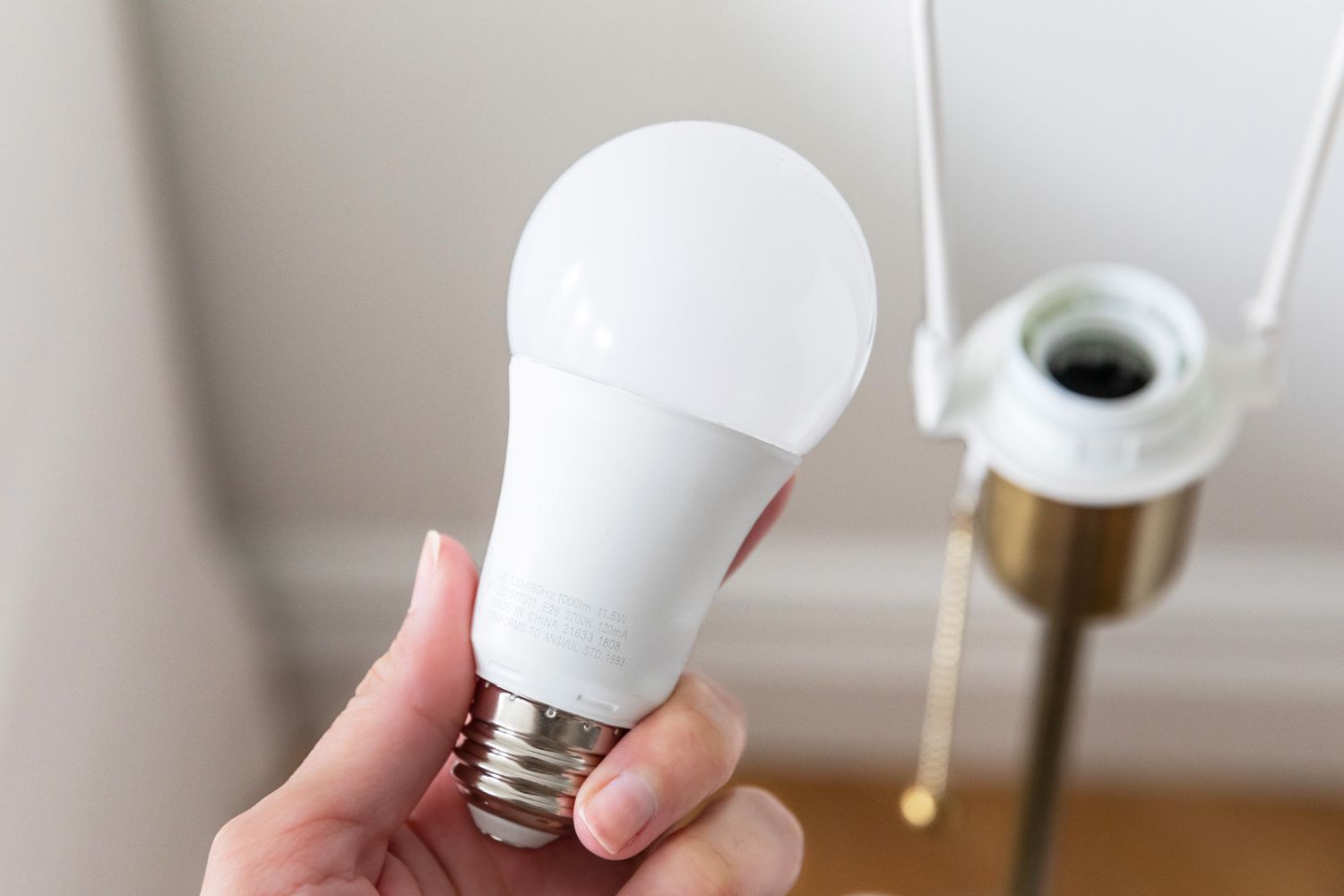
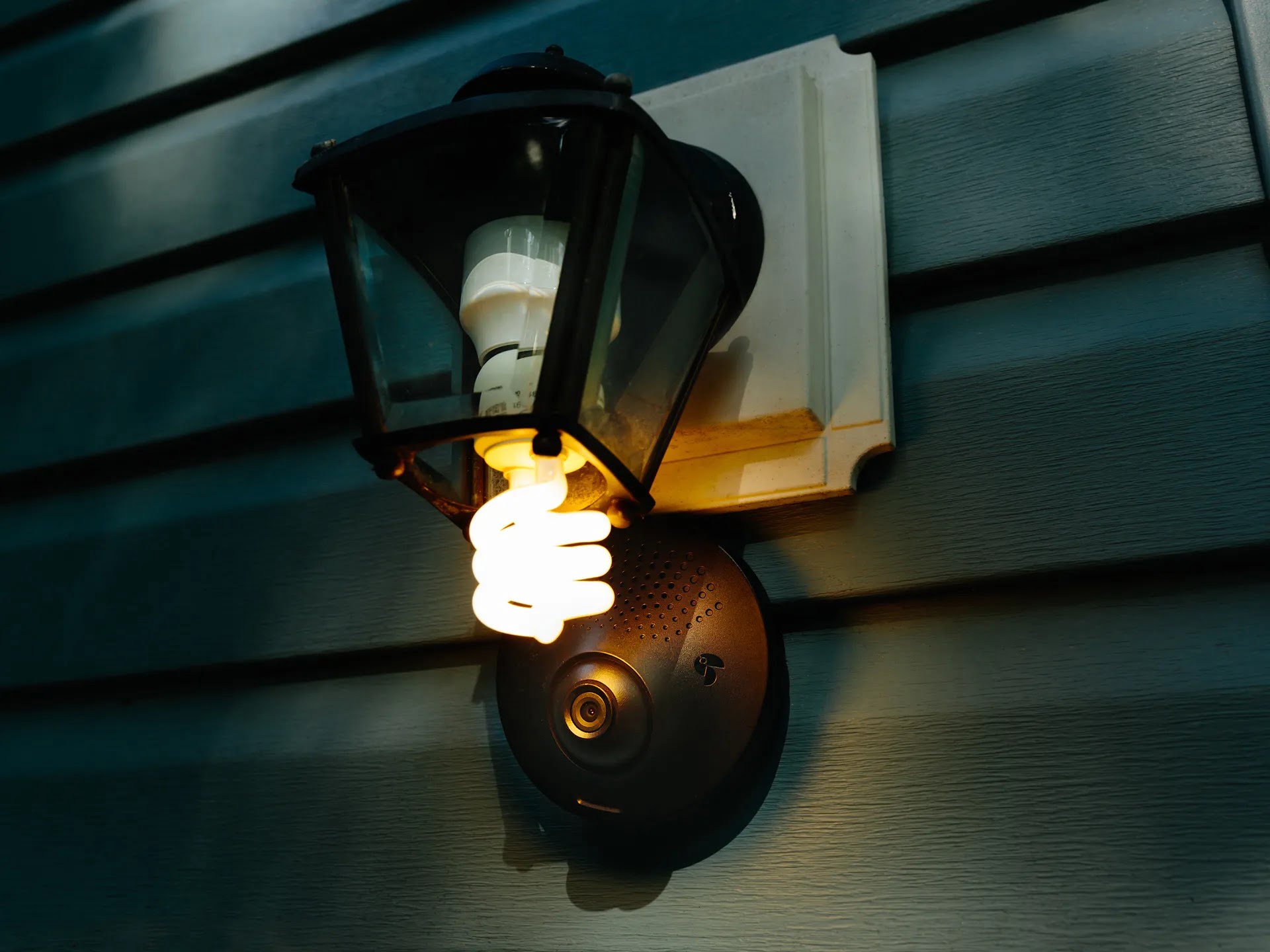
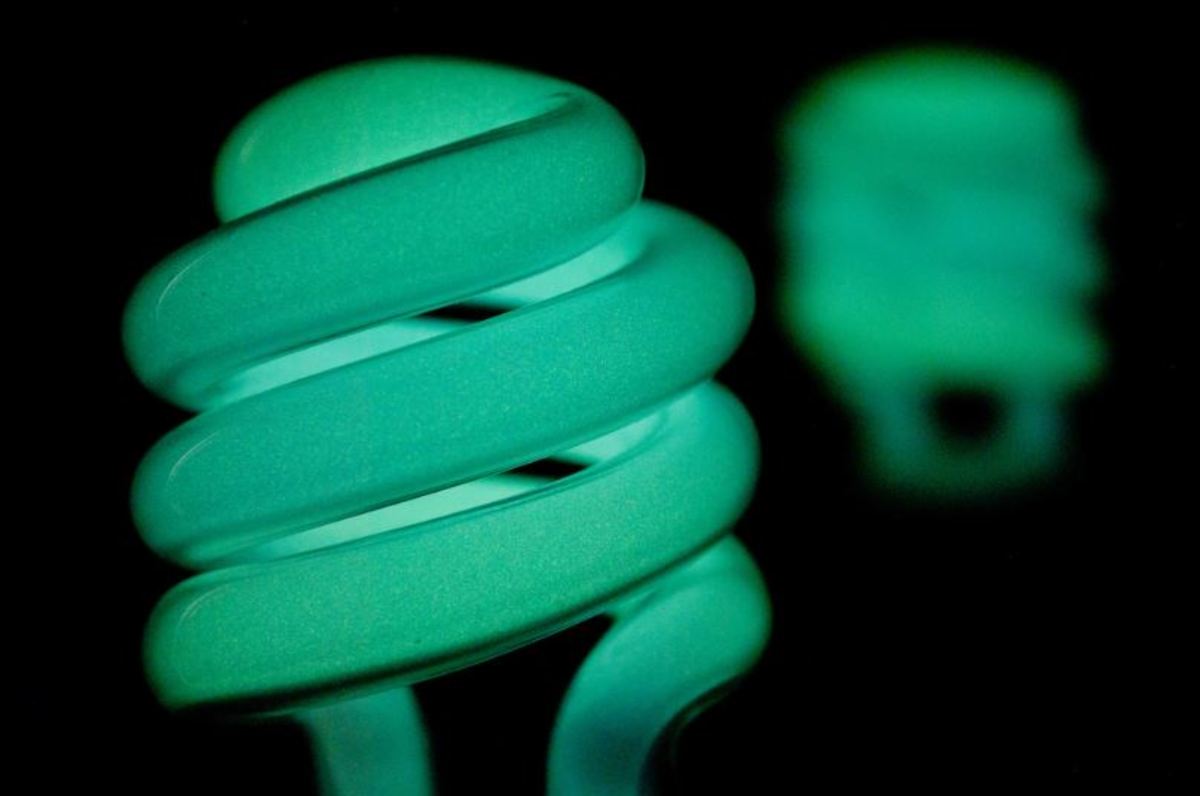
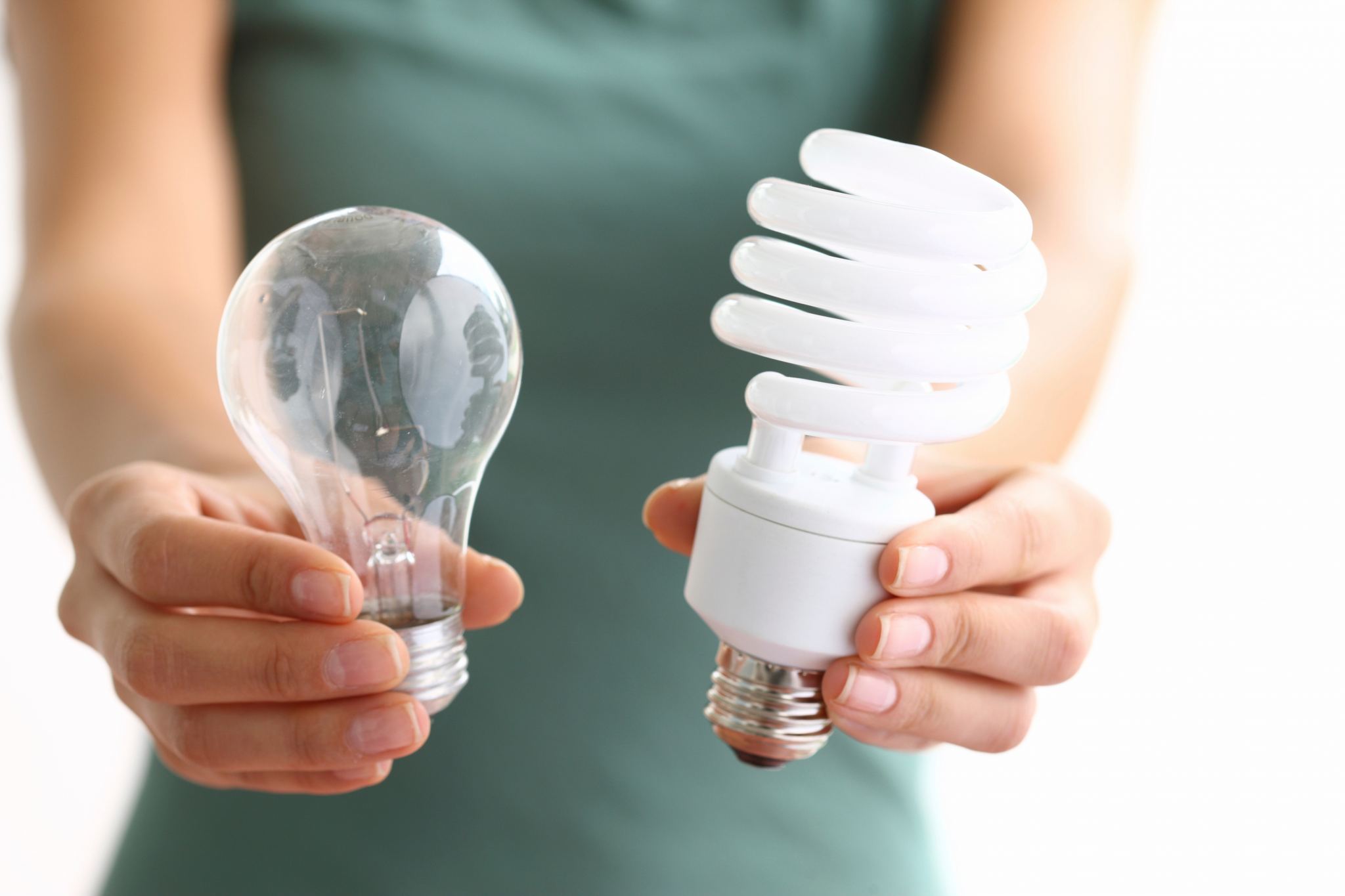
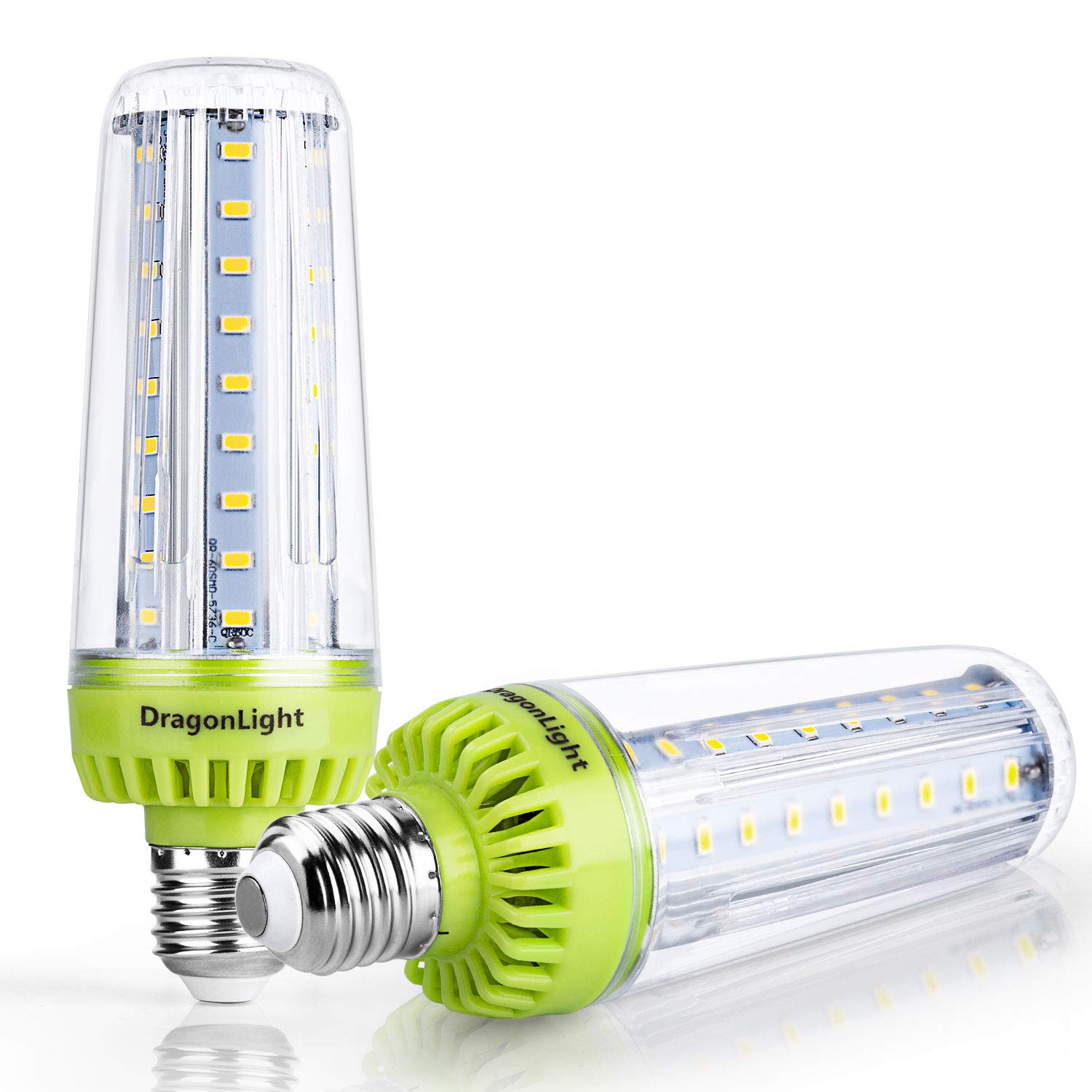
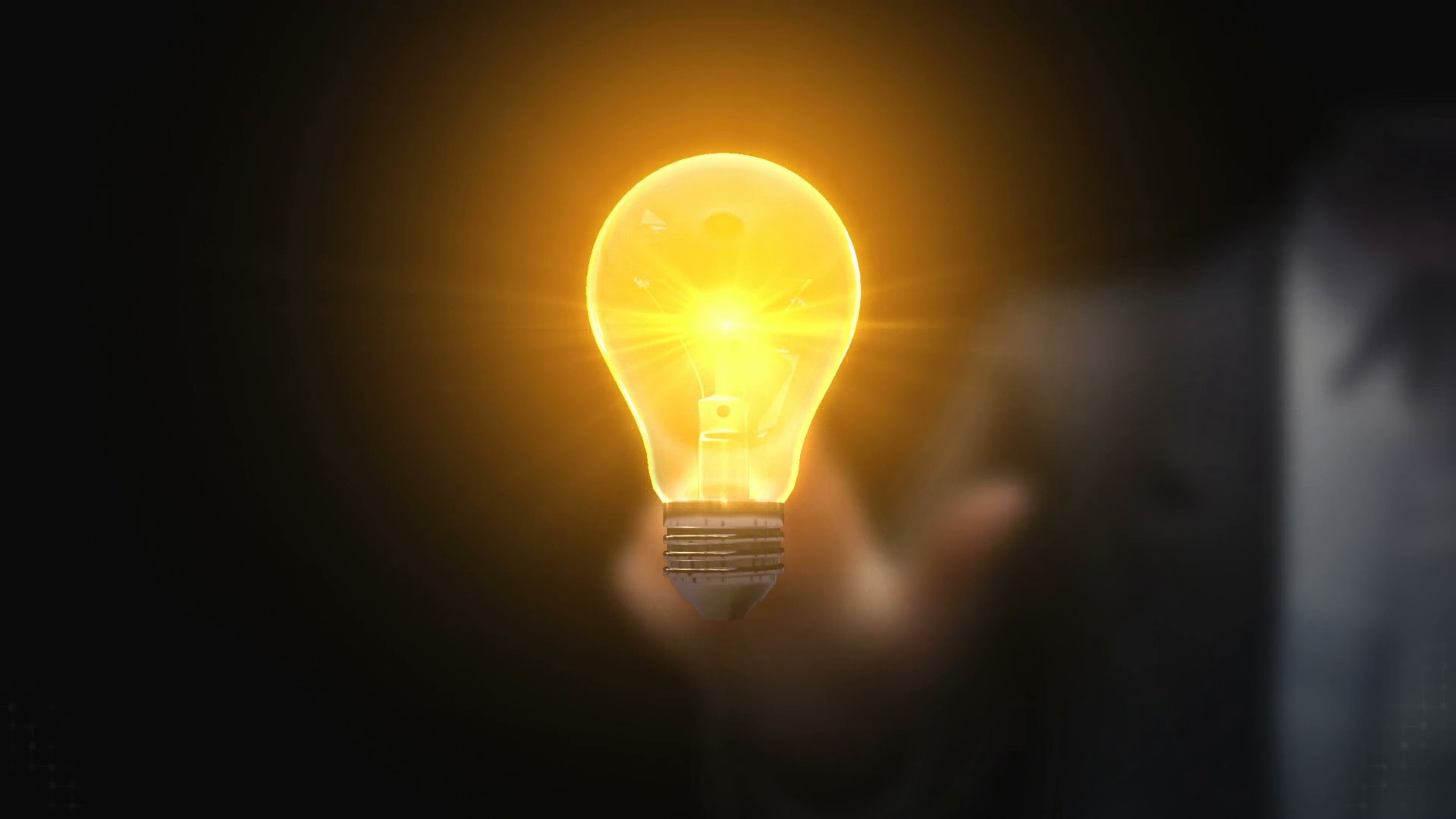
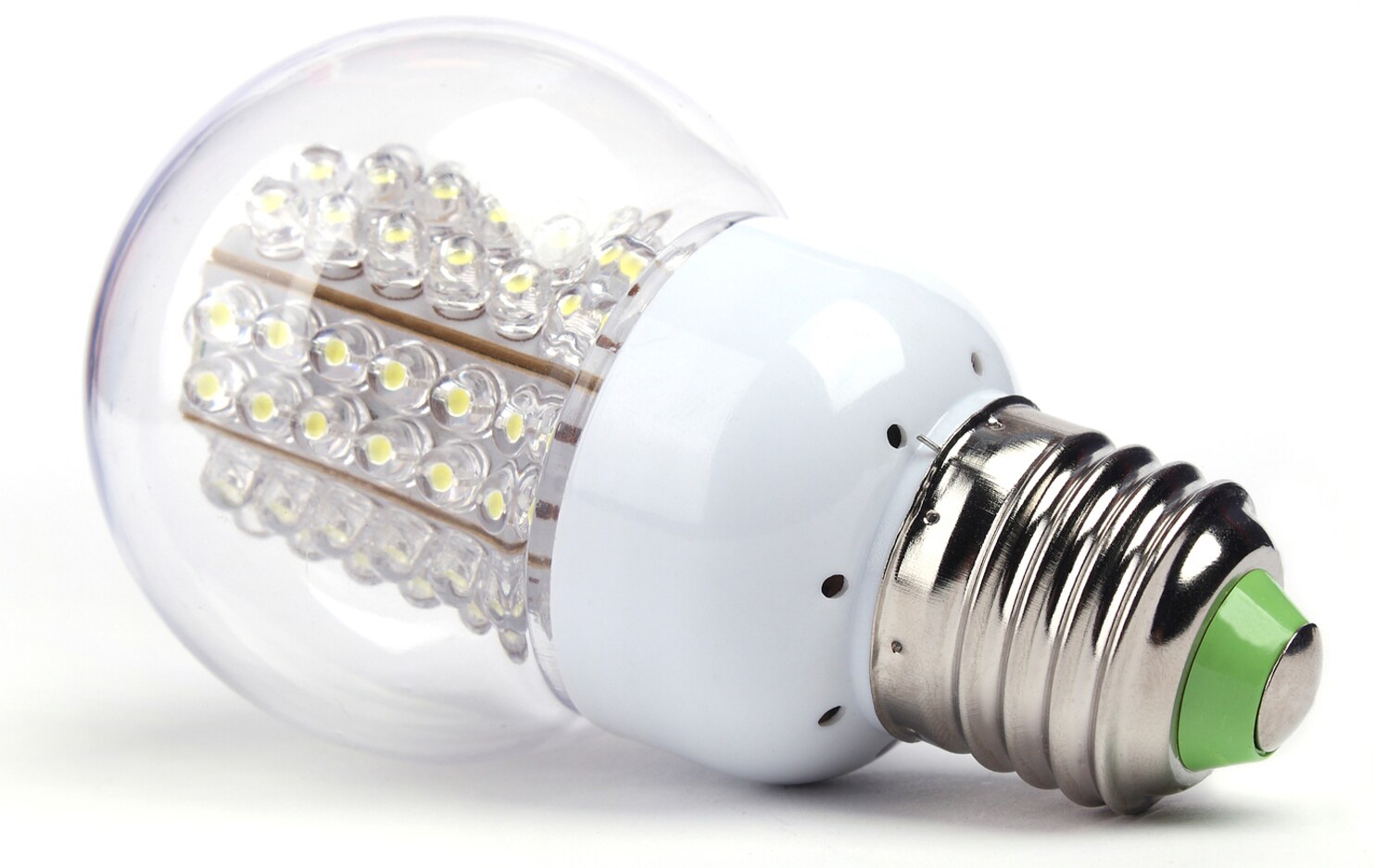
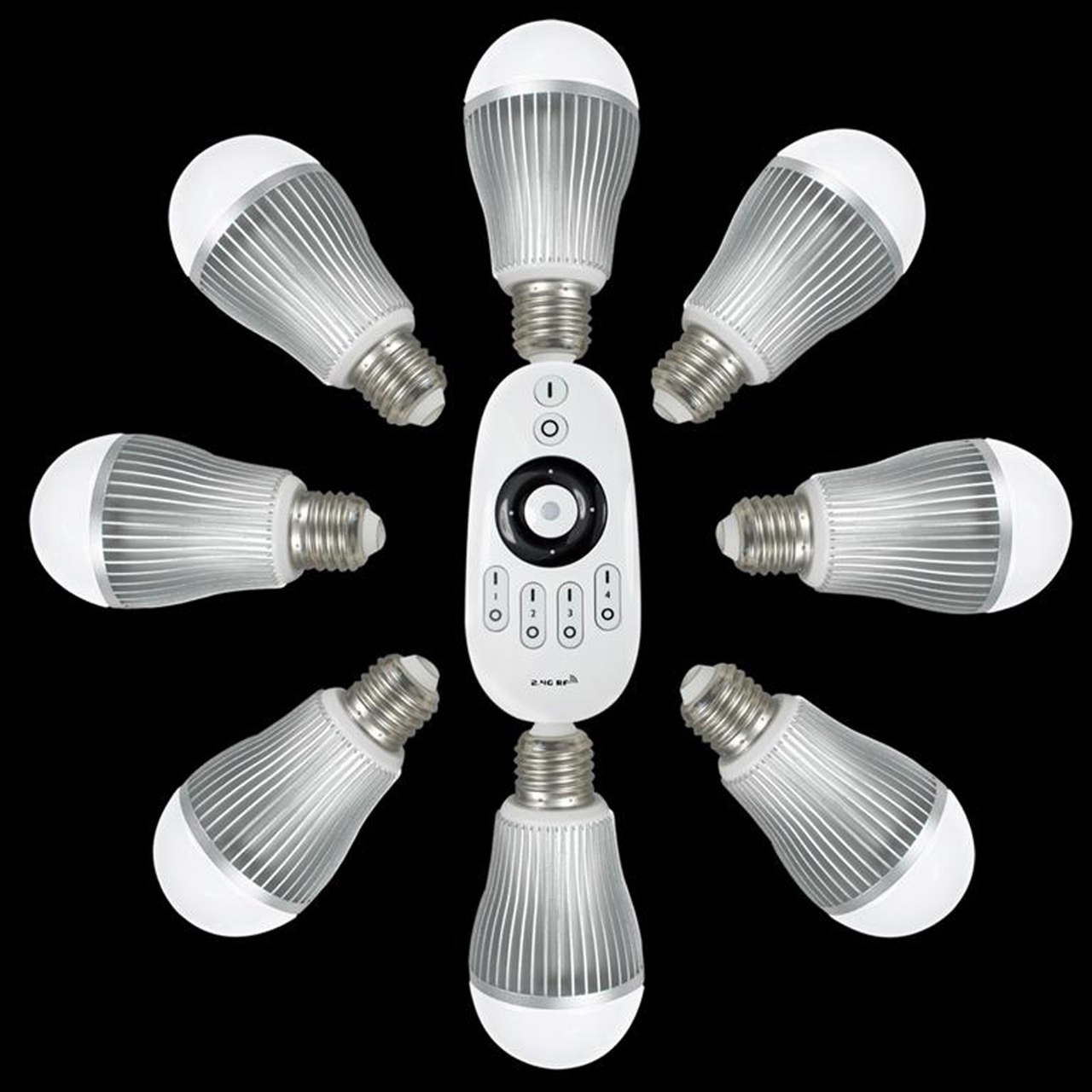
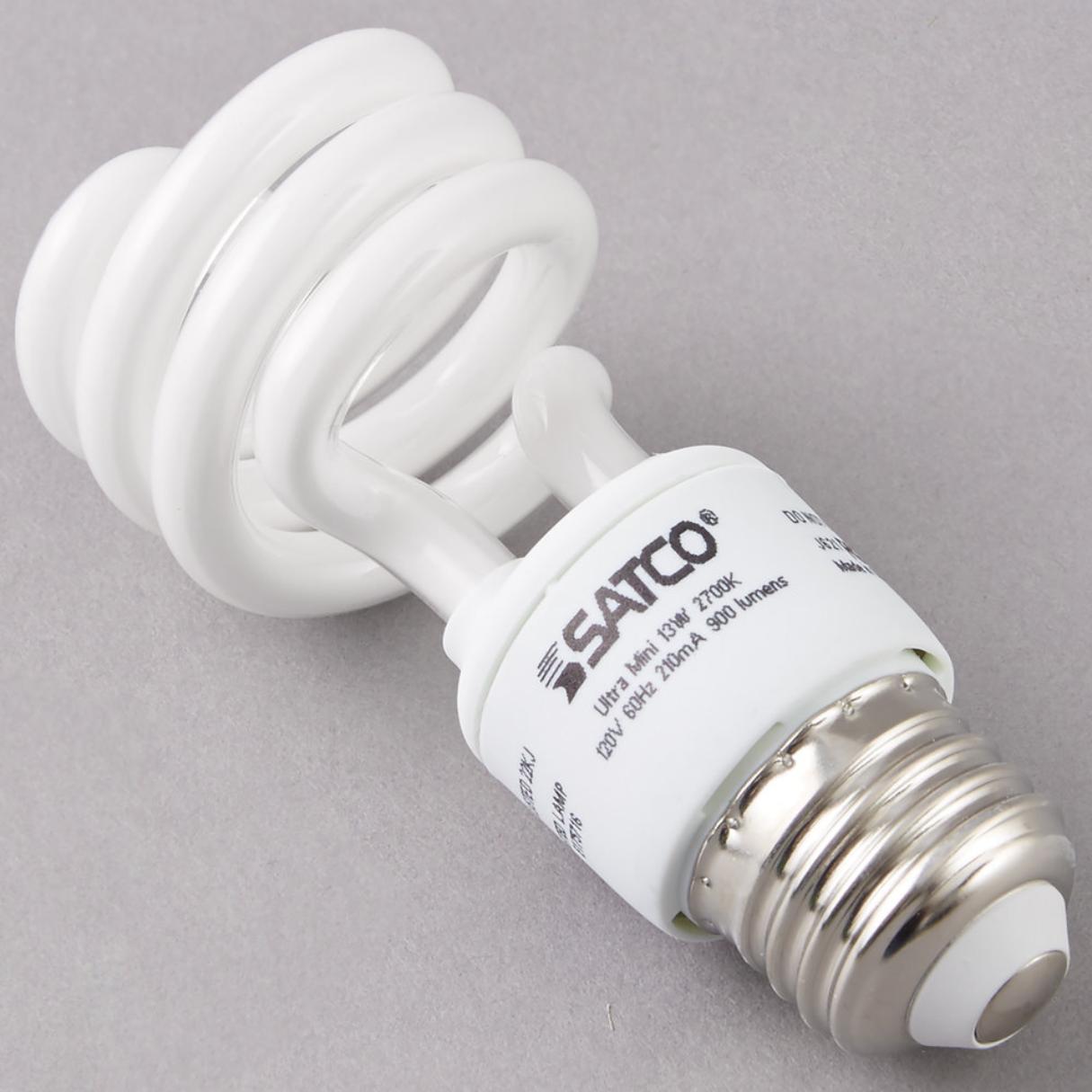
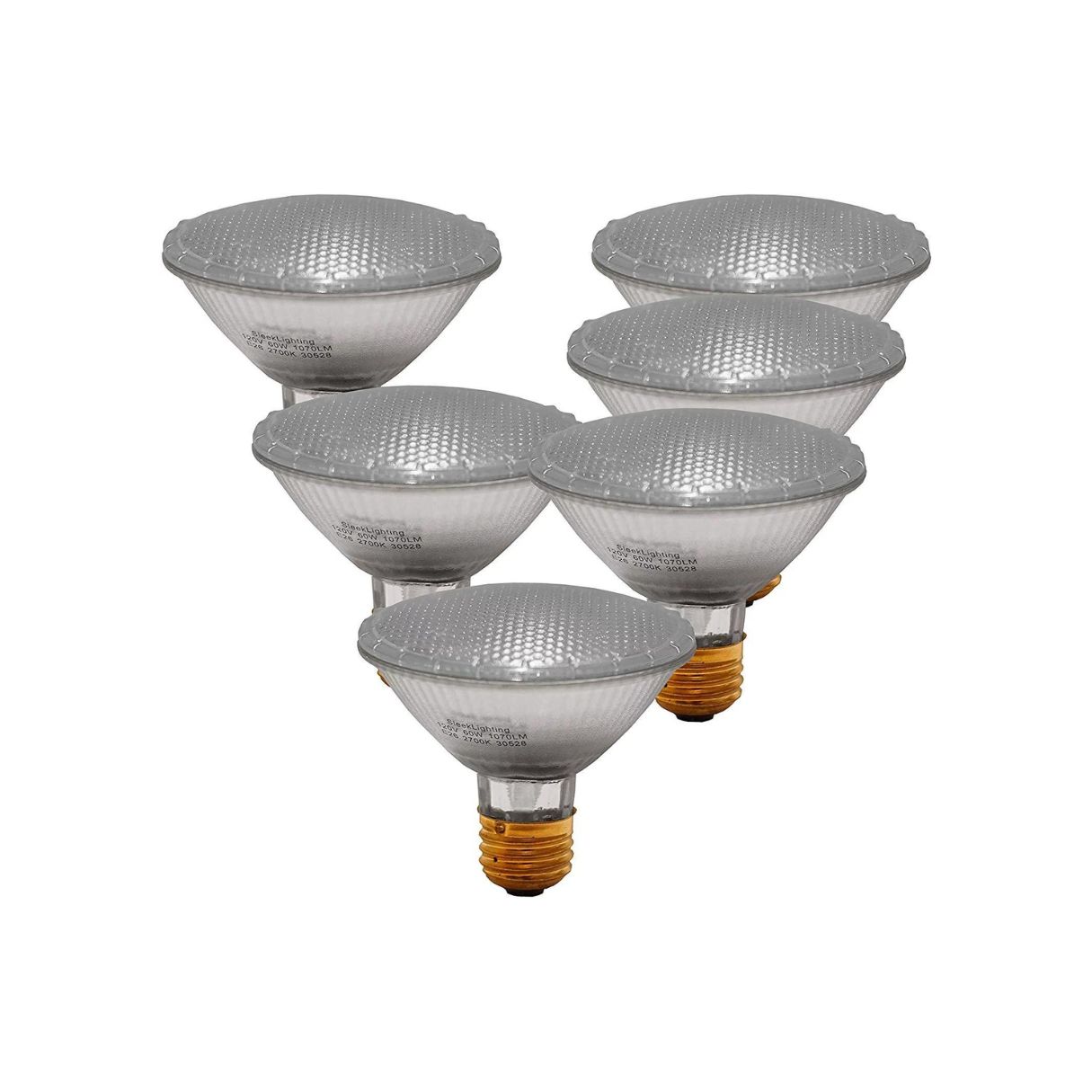
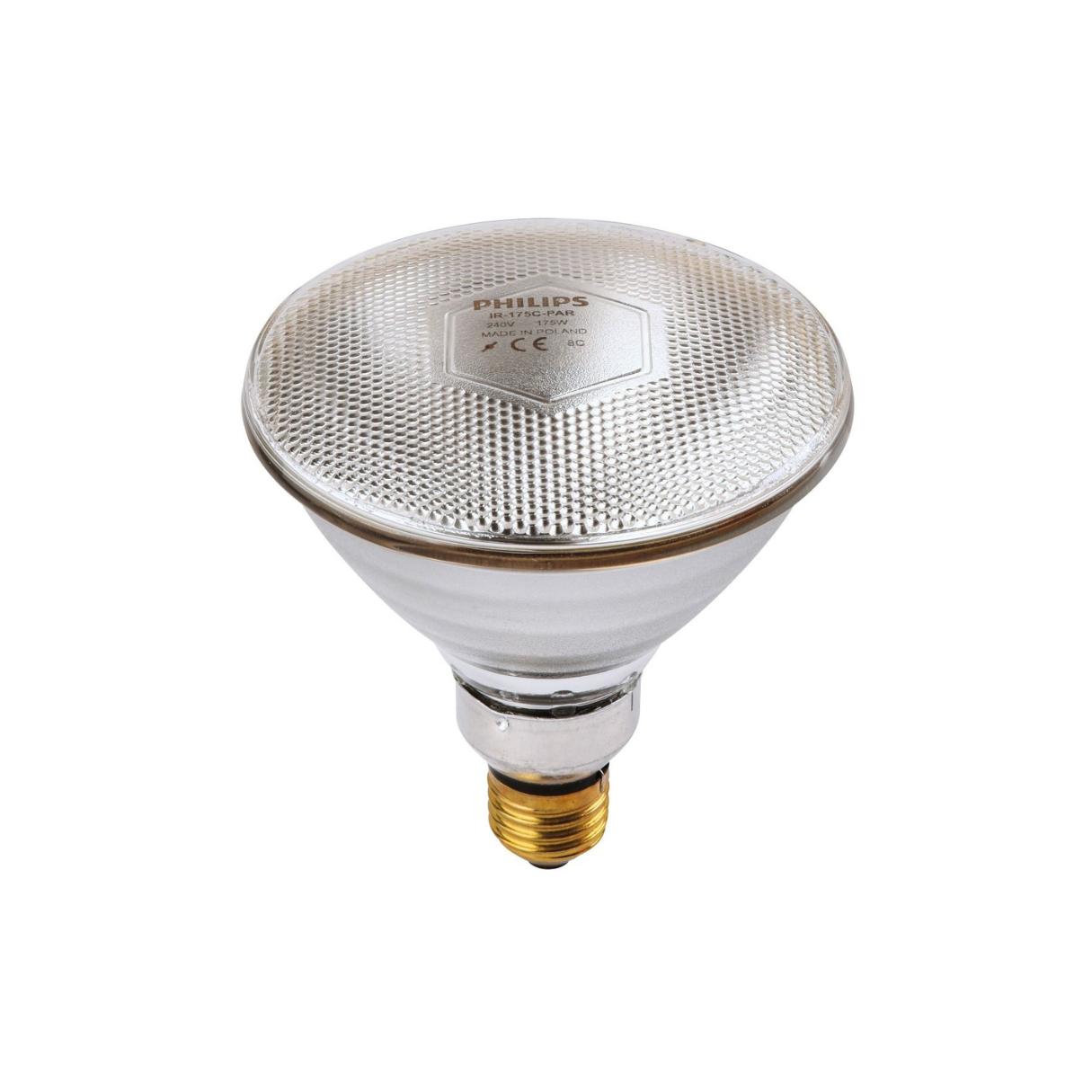

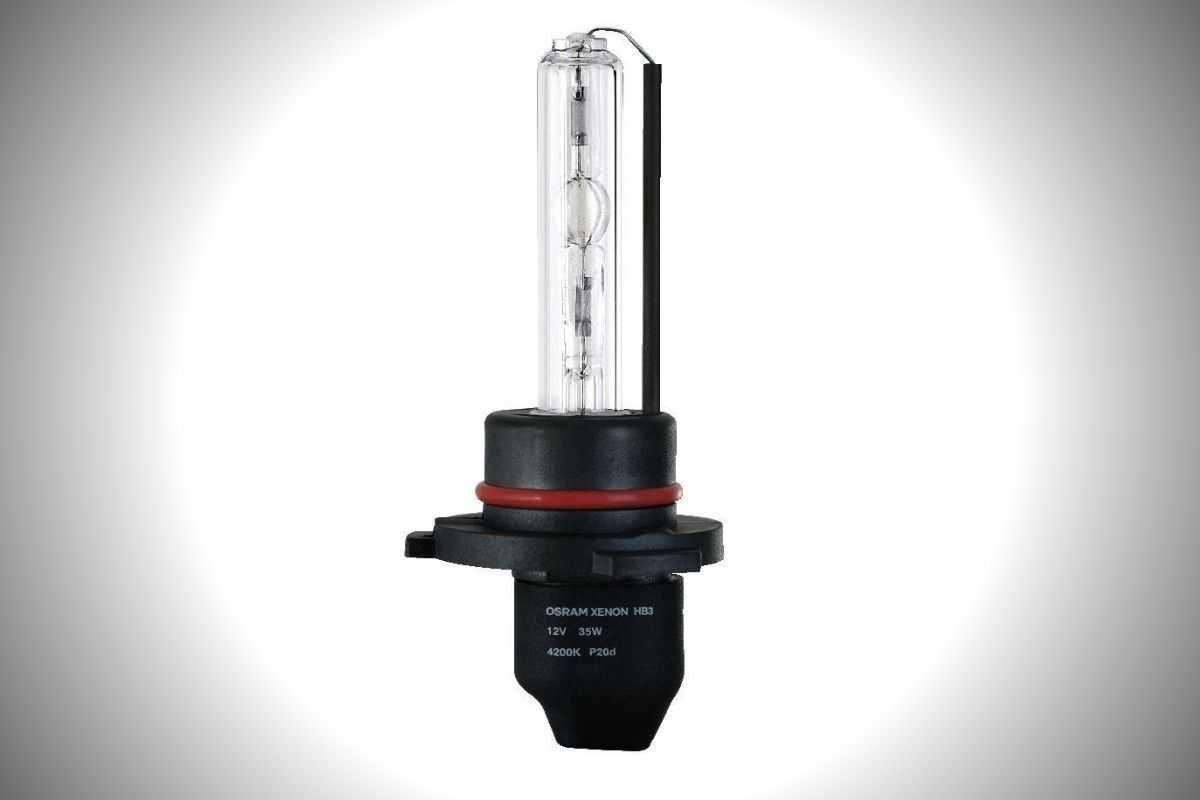

0 thoughts on “What Is Type A Light Bulb”